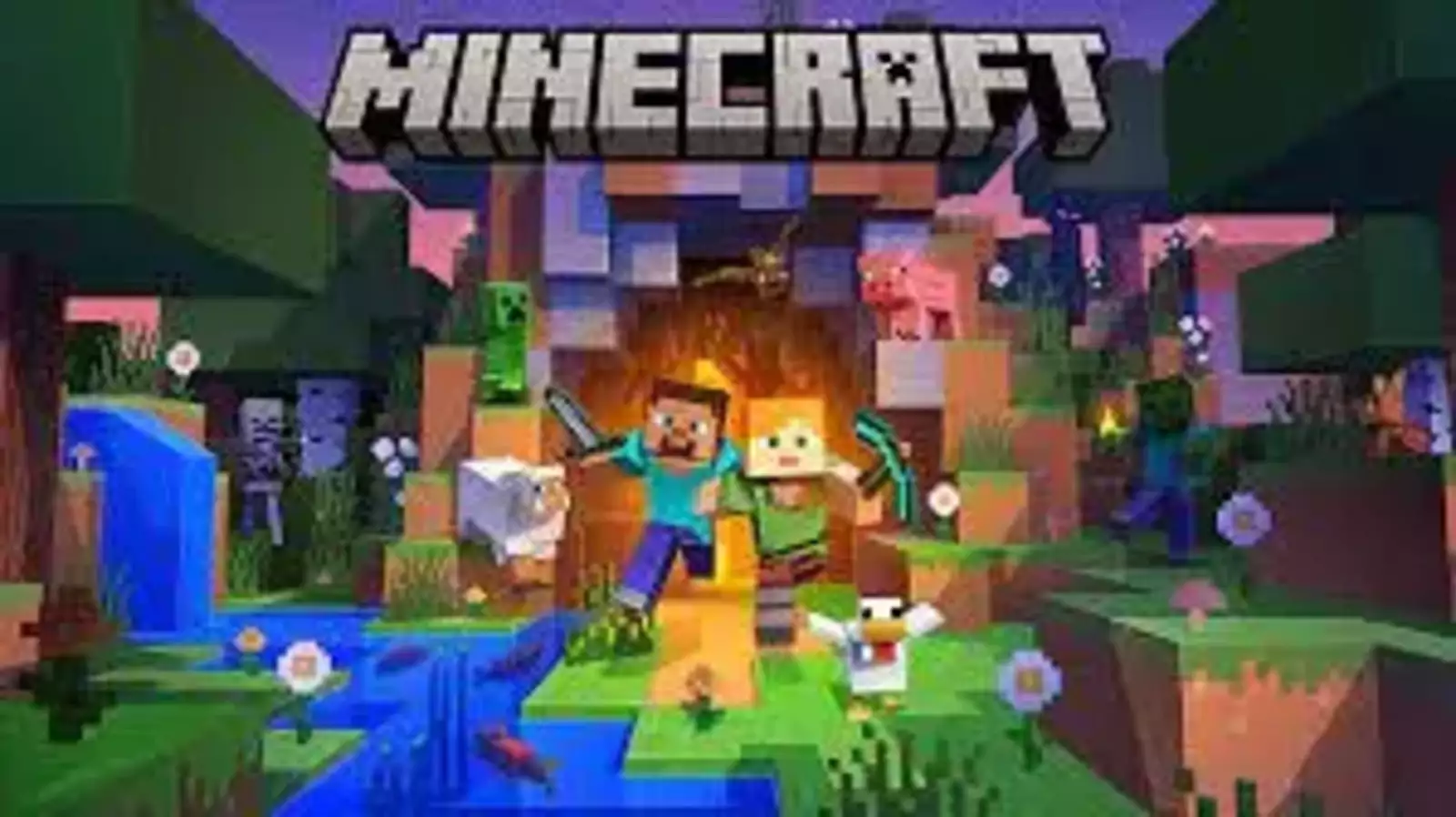Minecraft, the beloved sandbox game that has captured millions of game enthusiasts worldwide, continues to be a phenomenon in the gaming industry. As its popularity spans across various age groups, many parents and guardians find themselves wondering about the appropriate age for players to engage with this blocky, creative world.
Understanding the game’s mechanics, potential benefits, and concerns will help parents decide how Minecraft fits into their family’s gaming habits. With proper guidance and boundaries, playing Minecraft can be an enriching experience that fosters creativity, problem-solving skills, and even educational growth across various age groups.
What is Minecraft’s Age Rating?
Minecraft’s age rating varies slightly depending on the region and rating system used. Here’s a breakdown of the official Minecraft age rating that every parent/guardian or player must understand:
ESRB Rating
The Entertainment Software Rating Board (ESRB), giving age and content ratings for video games in North America, has given Minecraft an “E10+” rating. This rating suggests that the game is generally suitable for players aged 10 and above. The ESRB cites “Fantasy Violence” as the primary reason for this rating.
PEGI Rating
In Europe, the Pan European Game Information (PEGI) system rates Minecraft as suitable for players aged 7 and above (PEGI 7). This rating is based on the game’s mild violence and potentially frightening content.
Other Regional Ratings
- Australia: PG (Parental Guidance)
- Brazil: 10+
- Germany: USK 6 (Suitable for ages 6 and up)
- Japan: CERO A (All Ages)
What Does “Fantasy Violence” Mean?
The term “Fantasy Violence” in Minecraft’s context refers to:
- Combat with hostile mobs (monsters)
- Hunting animals for resources
- Player vs. Player combat in multiplayer modes
Take note that the violence in Minecraft is not graphic or realistic. When entities are defeated, they simply disappear in a puff of smoke, often leaving behind resources.
Benefits of Minecraft for Different Age Groups
For Young Children (Under 10)
While the official ratings suggest Minecraft for older children, many younger players enjoy the game under parental supervision. Minecraft teaches kids the following:
- Creativity development. The game’s creative mode allows children to build and design without limitations.
- Basic problem-solving. Simple challenges like gathering resources and crafting items can enhance logical thinking.
- Spatial awareness. Building in a 3D environment can improve spatial reasoning skills.
For Older Children and Teens (10-17)
As players grow older, they can appreciate more complex aspects of the game:
- Advanced problem-solving. Survival mode presents more challenging scenarios that require strategic thinking.
- Resource management. Players learn to prioritize and manage resources efficiently.
- Collaborative Skills. Multiplayer mode fosters communication and teamwork skills.
- Modding and coding. Many teens explore game modifications, which can serve as an introduction to programming.
For Adults (18+)
Even adults find value in Minecraft:
- Stress relief. The game’s open-ended nature can be a relaxing escape from daily pressures.
- Artistic expression. Complex builds and redstone contraptions allow for sophisticated creative projects.
- Community building. Adult players often engage in a multiplayer game mode to form or join communities, fostering social connections.
Potential Concerns and How to Address Them
1. Online Interactions
In multiplayer modes, players can interact with others online. This raises concerns about:
- Inappropriate language. Some servers may have players using offensive language.
- As with any online platform, there’s a risk of negative interactions.
- Privacy issues. Players might share personal information unknowingly.
Solutions:
- Use family-friendly servers or set up a private server for known friends only.
- Enable parental controls to limit online interactions.
- Educate kids about digital safety and monitor their online activities.
2. Time Management
Minecraft’s engaging nature can lead to excessive playtime, potentially affecting:
- School performance
- Physical activity levels
- Sleep patterns
Solutions:
- Set clear time limits for gameplay.
- Encourage a balance between Minecraft and other activities.
- Use parental control features to manage play sessions.
3. In-Game Purchases
While the base game is a one-time purchase, there are opportunities for additional spending:
- Skin packs and texture packs
- Realms subscriptions for private servers
- Marketplace content
Solutions:
- Disable in-game purchases or require a password.
- Discuss the value of digital purchases with children.
- Set a budget for game-related expenses.
The Educational Benefits of Allowing Children to Play Minecraft
Minecraft’s popularity has led to its adoption in educational settings:
- History and Culture: Recreating historical sites or cultural landmarks.
- Science and Ecology: Simulating ecosystems and scientific processes.
- Mathematics: Applying geometric and algebraic concepts in building.
- Literature: Creating visual representations of stories and narratives.
- Computer Science: Introduction to basic coding concepts through command blocks and mods.
Parental Involvement and Guidance
Regardless of age, parental involvement can greatly enhance Minecraft educational benefits.
- Discuss the game, its challenges, and achievements regularly.
- Establish rules about playtime, online interactions, and in-game behaviour.
- Keep up with game updates and community trends to understand your child’s interests.
- Show interest in your child’s creations and projects within the game.
Is Minecraft Safe?
The official Minecraft age rating provides a general guideline. However, the game’s suitability ultimately depends on individual maturity levels and parental oversight. The video game offers a range of experiences that can be tailored to different ages and interests.
Remember, every child is unique, and what works for one may not work for another. The key is to stay involved and keep communication open. Most importantly, adjust the Minecraft experience as needed to ensure it remains a beneficial activity for your young players.
